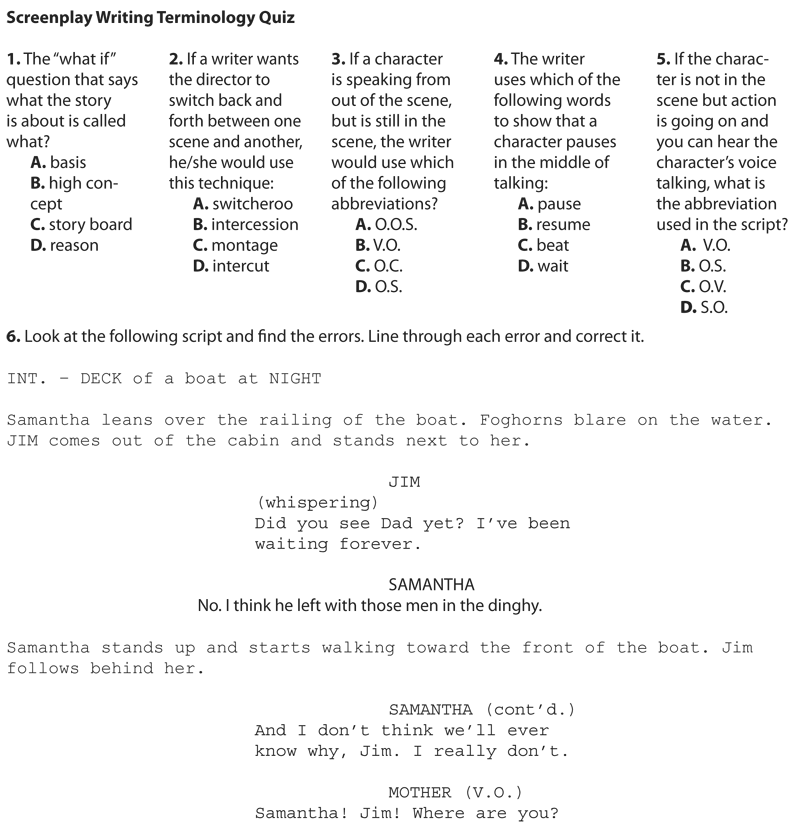
Throughout the writing of your treatment you must also pay attention to the style and tone of your writing and as much as possible, evoke for your reader the flavour of what they will ultimately be seeing on screen. What do you want your audience to come away thinking having spent time with your drama? What is it you are saying about the world and your characters? What is the macro message to be gleaned from diving, as we have done here, in your treatment, into the micro world of your drama? This will most likely be alluded to in your logline, but here you can extrapolate a bit more and dig a bit deeper. Get their story down here for your Commissioner/Producer to see in an easily accessible way. Again, pithy evocative language is what we are looking for.Įvery moment a character exists on screen is a moment weighted with both subtext and text. Draw us in.Įach character has a journey and here you outline what that is in story terms. Visualise and describe for us what is going on. Use your visual brain and set out some key moments - they need not be the first ones seen in the first scene of your pilot - but they could be ‘set pieces’ or significant moments in your story for your main character.


You need to entice them into the storyline, to make them want to see it too. Imagine you are telling your friend about a film you have just seen that truly made an impact on you. Here the job is to be as descriptive and evocative as possible. ONE PARAGRAPH OF TASTY DESCRIPTION SETTING OUT THE WORLD: This is what your Producer/Commissioner will keep referring to in your conversation about the drama and its future development. You need to convey the main narrative here - the set up, the jeopardy or challenge for your protagonist and to give a sense of style and tone by the way you word this. In a small paragraph a cluster of lines 3 - 6 maximum (otherwise it’s a pitch paragraph, not a logline!) summarise your idea as succinctly and entertainingly as you can.
SCRIPT TREATMENT EXAMPLE SERIES SERIAL
Here in your treatment you state how long your series or serial is x 3/4/6/8 parts or is it a series of 13 or more parts? For example: ‘The Wrong Mans’ ‘Prey’ ‘My Big Fat Teenage Diary’ ‘Peaky Blinders’ ‘Poldark’. A core cast of returning characters and an over arching storyline, but in this case the storyline is ultimately resolved. Serial: A drama of more than two parts with a strong serial element.

For example: ‘Waking The Dead’ ‘Coronation Street’ ‘Downton Abbey’ ‘Scott and Bailey’ ‘Skins’. There may be several stories per episode which are resolved, but the series storyline, that which is carried by the core returning cast, remains open. The backdrop remains the same and is returned to each week. NB: US writers - these descriptions won’t cut it with you - you will be stating here, your series length - so 13 x 1 hours These are the definitions that describe my working day and most of my television career in drama production. Sometimes it’s better that the title describes what’s in the tin, so to speak eg: ‘Good Cop’ or, to take an example of a show for CITV that I Produced ‘My Dad’s A Boring Nerd’. Make yours really sell your idea by being the best you can make it.


 0 kommentar(er)
0 kommentar(er)
